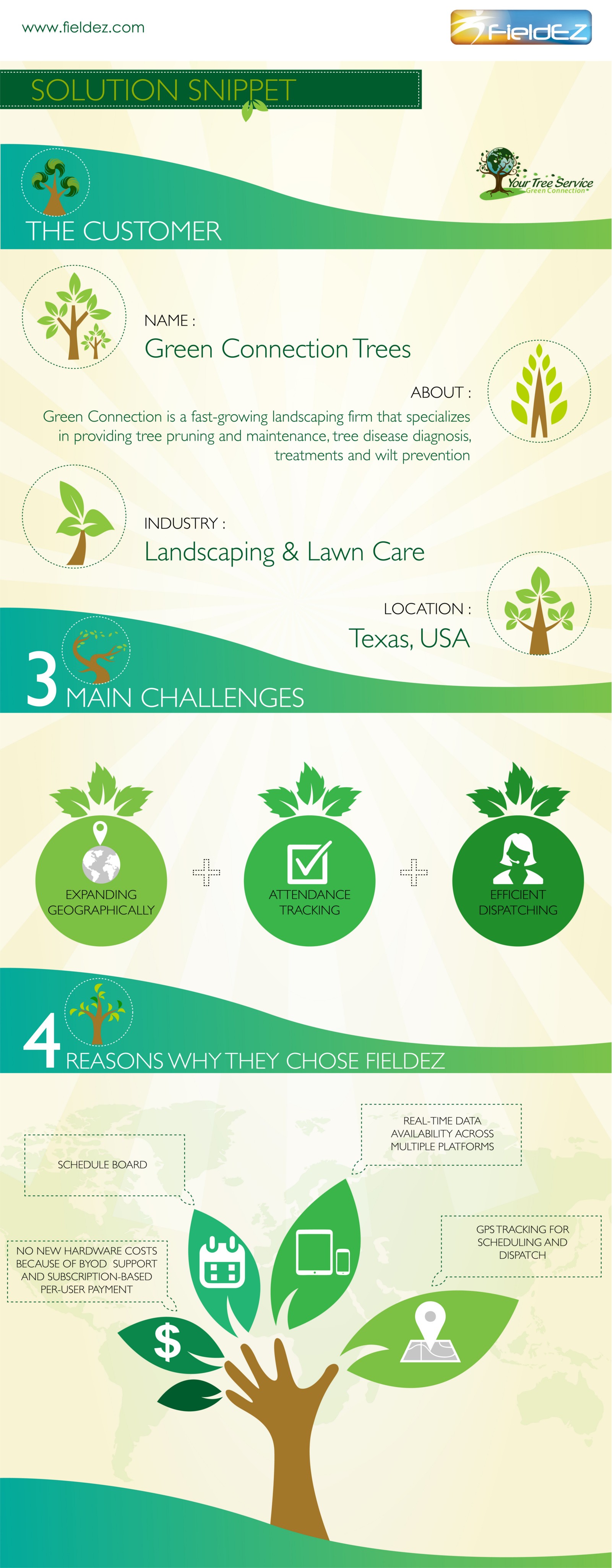Post-Tree Removal Therapy: Reliable Methods For Landscape Remediation
Post-Tree Removal Therapy: Reliable Methods For Landscape Remediation
Blog Article
Post Created By-Hinrichsen McCollum
After a tree's removal, your landscape might look fairly various, and it's necessary to evaluate the results very carefully. You'll want to evaluate the soil disturbance and check bordering plants for any kind of signs of stress. Neglecting these factors can bring about bigger troubles down the line. So, what should you finish with those stumps and origins? And just how do you choose the most effective plants for your rejuvenated space? Allow's discover these essential steps.
Examining the Consequences: Assessing Your Landscape
After a tree removal, it's critical to analyze your landscape to understand the influence it carries your yard.
Start by taking a look at the area where the tree stood. Try to find indications of dirt disturbance, and examine the surrounding plants for any anxiety or damages.
You must likewise take note of how the removal has altered sunlight exposure and air flow in your garden. This shift can affect the growth of close-by plants, so it's important to assess their health.
Think about the visual aspects also; the elimination might create an open space that you can upgrade.
Lastly, consider any potential disintegration issues that could arise from the tree's lack. Dealing with these elements early will aid bring back balance to your landscape.
Managing Stumps and Origins: Options for Elimination
When you've assessed the aftermath of the tree elimination, you'll likely require to tackle the stump and origins left behind.
You have a few alternatives for elimination. One efficient technique is stump grinding, where a specialist uses a maker to grind the stump to underground degree. This technique leaves marginal interruption to your landscape.
If you favor a do it yourself method, you can use a combination of digging and chemical stump cleaners. Just keep in check it out , this procedure can take time and initiative.
Conversely, think about leaving the stump as a natural function, which can act as a special yard element or habitat for wild animals.
Whatever you choose, resolving the stump and roots is important for recovering your landscape.
Picking the Right Plant Kingdoms for Your New Area
As you assess your newly removed space, selecting the right plants can dramatically boost your landscape's appeal and functionality.
Begin by taking into consideration the sunshine and dirt problems. For warm locations, opt for drought-resistant plants like lavender or succulents. In shaded areas, brushes and hostas grow well.
Consider the size and development habits of your plants; mix perennials and annuals for seasonal selection. Do not fail to remember to integrate indigenous types; they need less upkeep and assistance regional wildlife.
Team plants in strange numbers for a more natural look and produce layers for aesthetic deepness.
Ultimately, click this have a mix of shades and structures to keep your landscape vibrant throughout the seasons.
Happy planting!
Conclusion
In conclusion, recovering your landscape after tree elimination is a gratifying procedure. By examining the aftermath, attending to stumps and roots, and selecting the right plants, you'll create a growing atmosphere. Don't neglect to include disintegration control measures to secure your dirt. With a little effort and treatment, you can transform your area into a dynamic garden that enhances your home. Welcome the opportunity to renew your landscape and appreciate the appeal of nature right in your yard!
